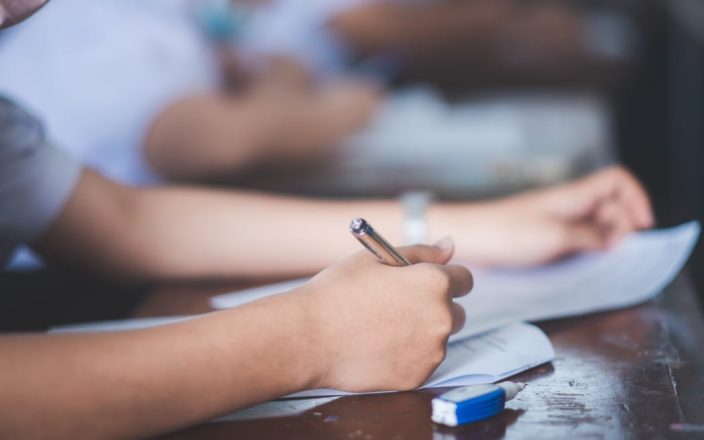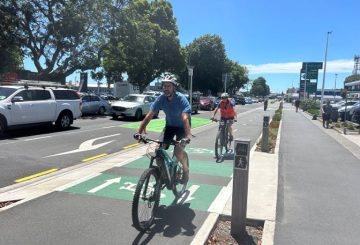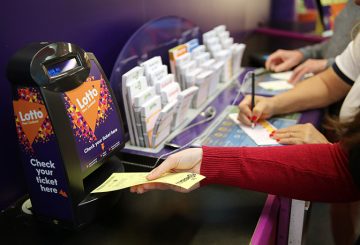Secondary school principals want to change the way literacy and numeracy tests are done, after many teenagers failed the new NCEA tests. The latest results from May showed that out of 55,468 students who took the math test, 30,196 (54%) failed. The failure rates were especially high among Māori and Pacific students, with 77% of Pacific students and 71% of Māori students failing. In reading, 54% of Māori and 63% of Pacific students failed, while in writing, 55% and 56% failed respectively.
Students must pass all three tests to get NCEA qualifications. However, this year and next, there are alternative ways for students to meet the requirements. Vaughan Couillault, president of the Secondary Principals’ Association, said the current co-requisites might be making things worse for students. He mentioned that the tests could be hard for some because they are online, not necessarily because of their literacy skills.
Couillault noted that some schools asked all Year 10 students to take the tests, but this may change to ensure students are ready before they attempt them. Pip Tinning from the Association of Teachers of English expressed concern over the bad results for Māori and Pacific students, saying there hasn’t been much improvement in equity for these groups.
Teachers are asking for more information about the test difficulties and want to ensure students are properly prepared. Katrina Dyne, an English teacher researching literacy coordinators, emphasized the importance of foundational literacy skills for future job readiness and community engagement.
The pass rates vary, with better results for first-time Year 10 students and European students. The Māori and Pacific pass rates are significantly lower. The next round of tests is set for September.





























































